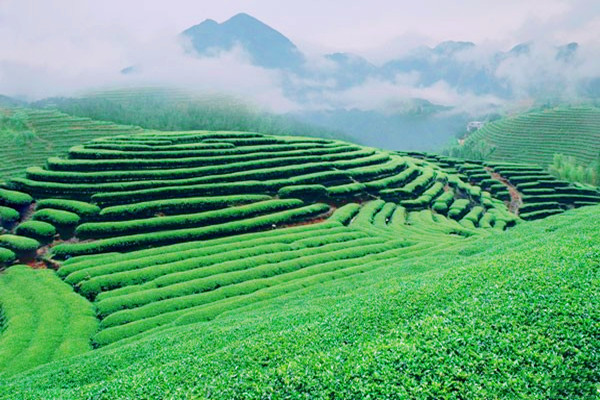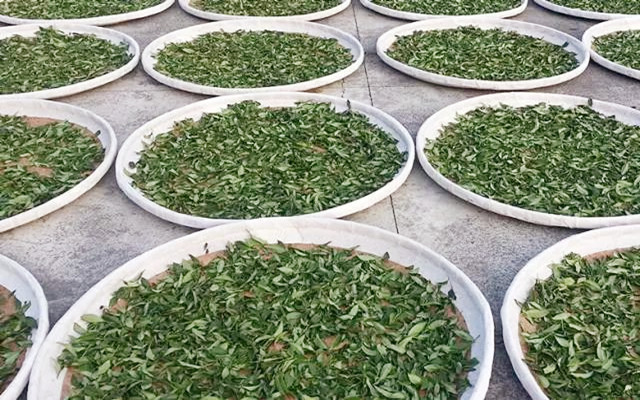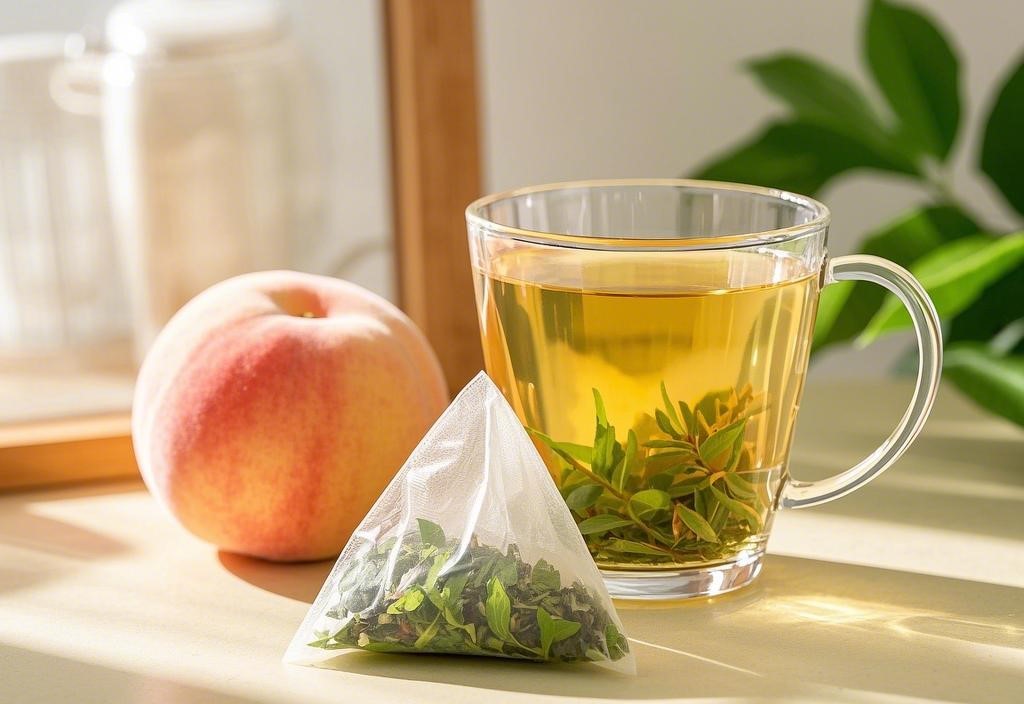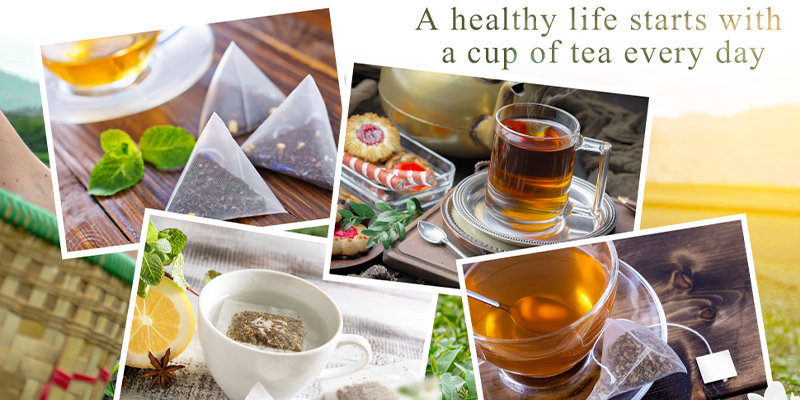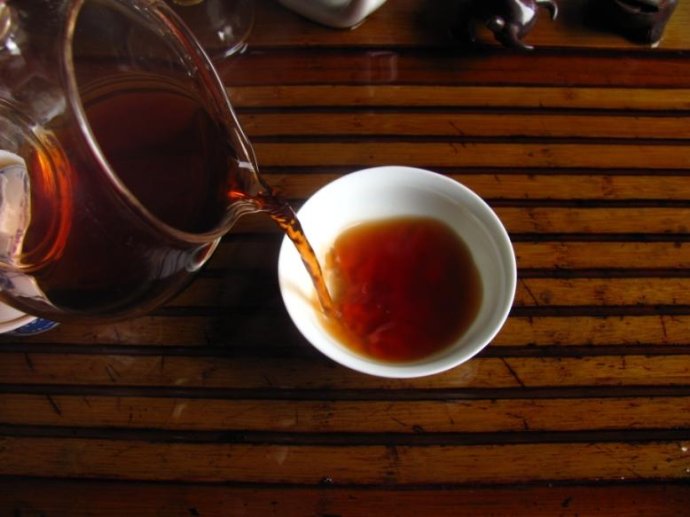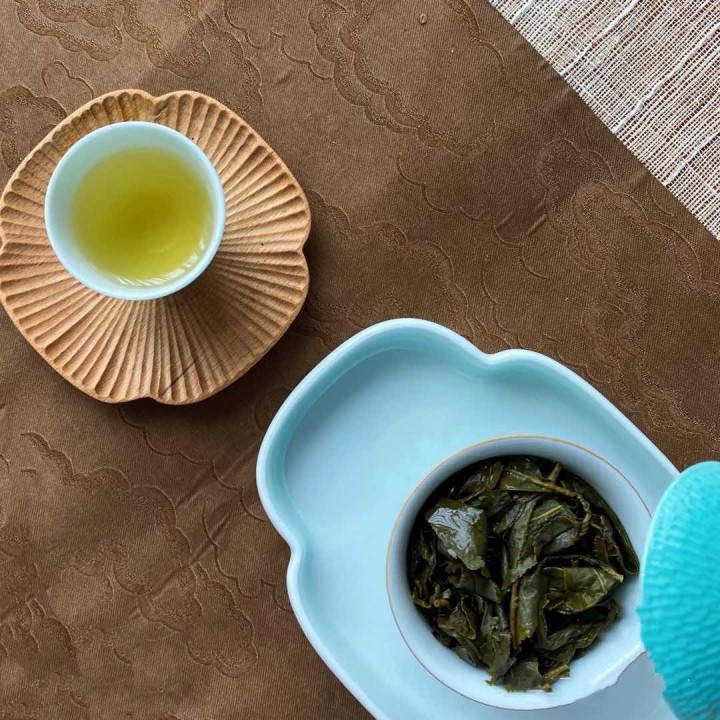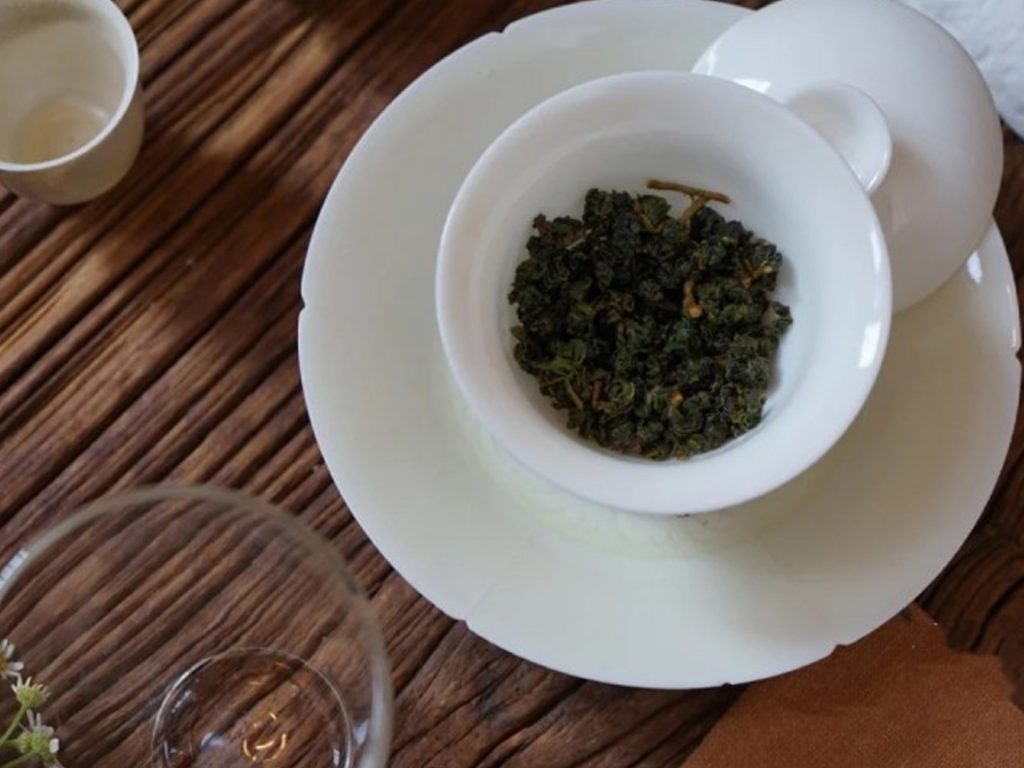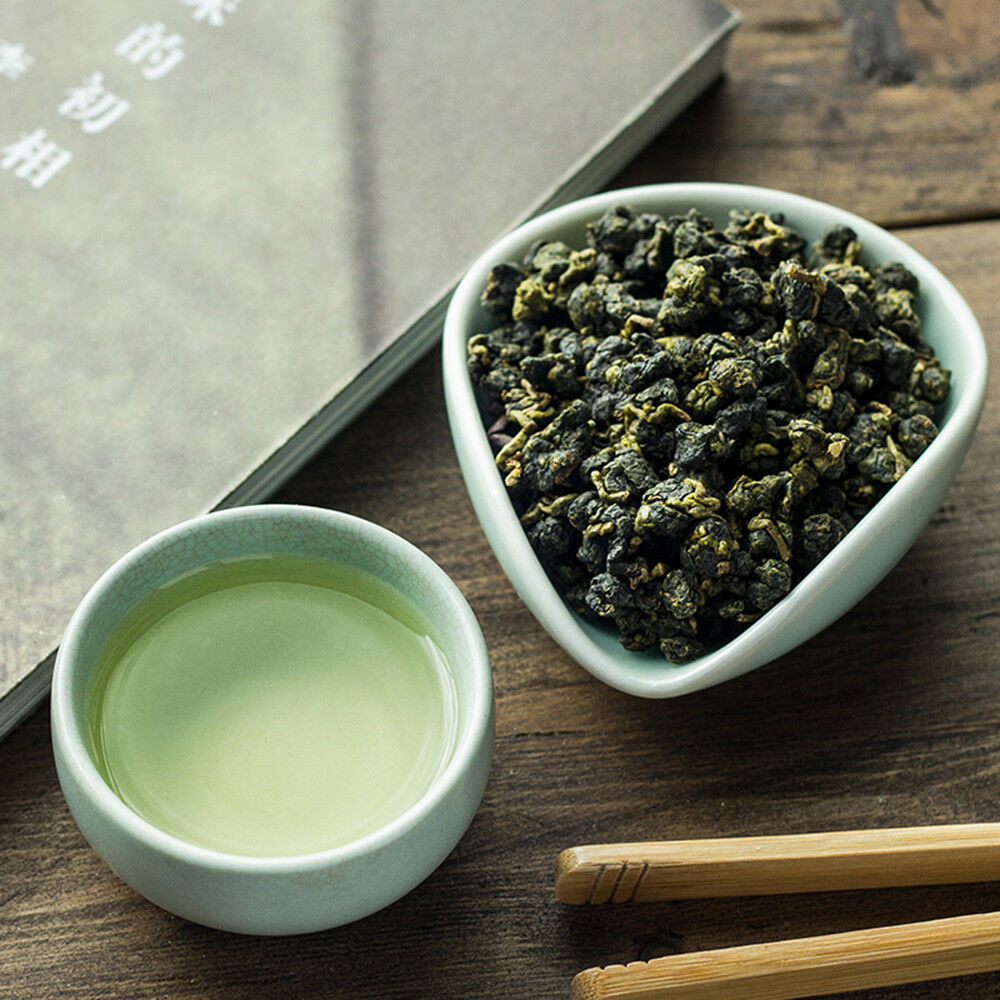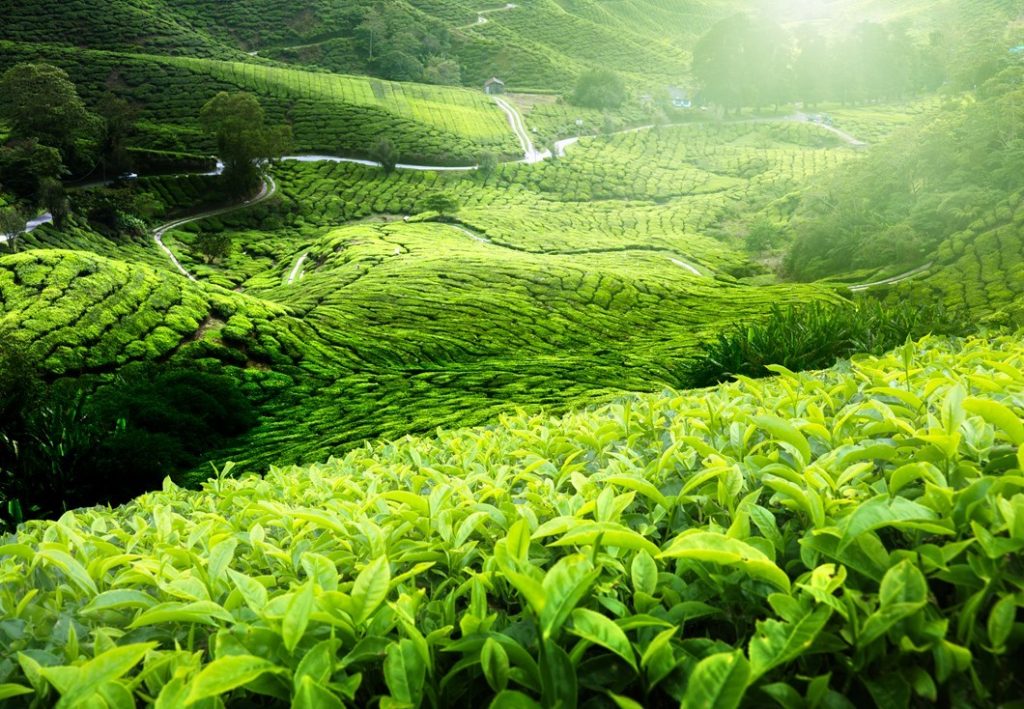Why is Taiwan Ali Shan High Mountain Tea so popular 阿里山茶

Ali Shan Tea is one of the famous high mountains tea in Taiwan. ‘Winter Tea’ is meaning Tea bushes grow on high mountain plantations and picked it in a winter season.
Growing in misty>>>
Alishan is not only famous for its misty mountains and sunrises above seas of clouds. Grown in the lofty heights of between 1,000 and 2,000 meters, the tea is famous for its outstanding aroma and flavor, boasting fresh notes of spring flowers. The perfect conditions for tea production that Ali Shan is wet and cold all year round. The fluctuations in temperature between day and night result in tea trees growing at a slow rate. This slower growth of high mountain teas puts an emphasis on quality over quantity. We usually hand-picked high mountain tea leaves twice a year in the winter and spring.
Two areas mountain product Ali Shan Tea>>>
Shi Zuo Oolong Tea (Wulong Tea)
This area gets its name – “stone table” in Chinese, – from a megalith found by the first settlers. Located at about 1300 to 1500 meters in altitude, this area has rich soil and the ideal climate for this green oolong tea.
Hand-picked and hand-processed, this tea is crafted using traditional methods, creating a unique flavor profile.
Zhong Shu Hu area
Zhong Shu Hu has an elevation between 1300 and 1800 meters with a cool foggy climate. The oolong tea produced here has a lustrous color and the leaves are soft to the touch.
Zhong Shu Hu produces plums as well as high-quality green oolong tea. Indeed, the oolong tea plantations are interspersed with orchards and some say the fruity aspect of Zhong Shu Hu oolong tea comes from the close proximity of these two plants.
Ali Shan Green Oolong Tea Leaves Processing>>>
Once the tea leaves have developed, they are handpicked and placed on a large collection mat. After collection, they are lightly rolled to bruise the leaf and allowed to sit for 8 hours. This rolling breaks down the tissues of the cell and the oxidation process.
The final step of producing the oolong is to lightly roast the leaves. This roasting stops the oxidation process and prevents the tea from developing into a black tea. The roasting also helps caramelize the leaves and adds subtle caramel notes. It is usually around 40% oxidized, so it is light to medium in color.
Ali Shan Tea Benefits >>>
Ali Shan tea has a slightly sweet and floral flavor. It has a pleasant aroma similar to jasmine or rose. A great oolong tea like Ali Shan tea contains antioxidants, vitamins C and E, and is also rich in minerals such as zinc and selenium among others. Caffeine also plays an important role in this tea.
- Diabetes – Oolong tea may be an effective adjunct to oral hypoglycemic agents in the treatment of type 2 diabetes.
- Eczema – Japanese researchers reported that patients with a form of eczema improved after drinking a liter of oolong tea daily.
- Allergies – Two catechin derivatives (C-1 and C-2) with potent antiallergic activity were isolated from Taiwanese oolong tea.
- Bacterial infections – Oolong tea polyphenols strongly inhibited the enzyme activities of some types of streptococci.
- Cavities – Oolong tea polyphenolic compounds could be useful for controlling dental caries.
- Obesity – Consumption of oolong tea stimulates both EE and fat oxidation in normal-weight men.
- Cancer – Oolong tea extract has a potential chemopreventive action against hepatocarcinogenesis.
Great stuff! Drinking oolong tea will make you healthier, live longer, be more beautiful and have great teeth!
Ali Shan tea brewing instruction >>>
- Fill both the teapot and the cup about halfway with hot water to preheat them. Tilt them a bit so that the water creeps up the side and then rotate them so the insides get wet all the way around. Then pour the water out.
- Put 3 teaspoons of tea leaves into the teapot. If using a different vessel, use 3 teaspoons for every 8 oz. (236 ml) of water.
- Fill the teapot with 90-95ºC (194-205ºF) water.
- Place the lid on the teapot and let the tea steep for 1 minute.
- Pour the tea into the teacups and enjoy your tea!
- You can get 5-8 infusions out of most varieties. Increase the steeping time 30 seconds or so for each infusion. How many infusions you do depends entirely on your taste.

